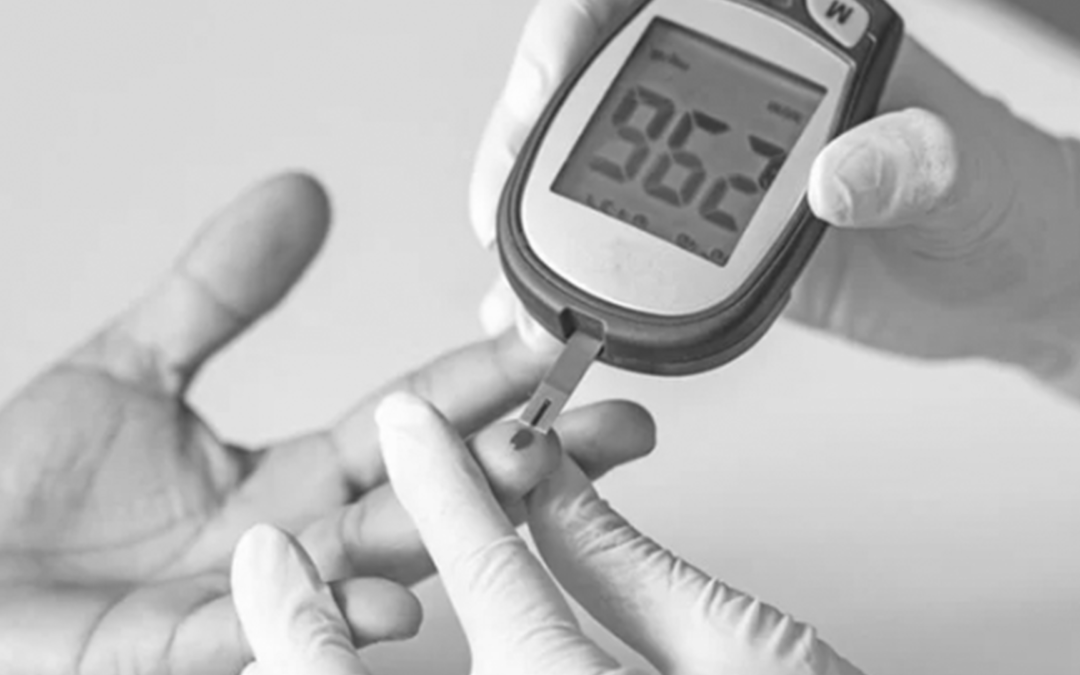Examining the Impact of HbA1c Levels on Diabetes Diagnosis
In the realm of diabetes mellitus, an intriguing gender divide has emerged. While women tend to develop this condition at a later stage of life than men, their mortality rates due to diabetes are often higher. This disparity has raised questions regarding the accuracy of current diabetes mellitus diagnosis cut-off values, as a delay in diagnosis for women could be contributing to this divergence.
Introduction
Diabetes mellitus casts its shadow of illness and death across the globe, affecting over 537 million adults, primarily those with type 2 diabetes. Notably, women face a higher risk of cardiovascular disease (CVD) linked to diabetes compared to men of similar age groups. Women between the ages of 35-39 with diabetes exhibit the highest relative risk of cardiovascular-related mortality, surpassing other age and gender groups. Furthermore, women receive less treatment and secondary prevention measures, even when diabetes is present. They also tend to use fewer medications than men with equivalent risk factors.
Remarkably, women with diabetes between 16-60 years of age confront a 27% increased mortality risk in comparison to diabetic men of the same age, who, in turn, face a 4.5-year reduction in lifespan. Conversely, women with diabetes typically receive their diagnosis later in life than men.
The Role of HbA1c in Diabetes Diagnosis
Traditionally, diabetes screening hinges on measuring glycated hemoglobin (HbA1c) levels. These levels historically serve as markers of long-term blood glucose control and diabetes risk. However, HbA1c values can be influenced by individual factors and age-related variations, such as lower levels in conditions like hemolytic anemia or iron deficiency anemia.
The current normal HbA1c value range is derived from a relatively small study involving around 200 individuals with type 1 diabetes, lacking gender-specific data. However, previous research suggests that premenopausal women tend to exhibit lower HbA1c levels compared to men of the same age. This difference may be attributed to erythrocyte loss during menstruation, leading to a shorter red blood cell lifespan.
Consequently, there’s a pressing need to establish a specific HbA1c reference range and cut-off for premenopausal women. The recent study aimed to investigate HbA1c distribution differences between women and men and to propose a new reference range for premenopausal women, with the added goal of estimating the number of new diabetes diagnoses using this revised reference range.
What the Study Revealed
The study incorporated two cohorts. The first included over 146,000 individuals with HbA1c readings at or below 50 mmol/mol from 2012 to 2019. The distribution data was subsequently confirmed using readings from a second cohort of about 940,000 people analyzed between 2019 and 2021.
One of the key findings was that premenopausal women demonstrated significantly lower HbA1c levels compared to men of the same age. In particular, premenopausal women maintained an average HbA1c level 1.6 mmol/mol lower than men.
However, the disparity diminished to 0.9 mmol/mol for individuals aged 50 and older, with only approximately 30% of women receiving a diabetes diagnosis. At every HbA1c level, women had a diabetes diagnosis rate of approximately 50% compared to men below 50 years of age.
Moreover, the mean HbA1c level in women corresponded to what was observed in men a decade earlier. These findings were substantiated using data from the second cohort.
By implementing a new HbA1c cut-off of 46 mmol/mol for diagnosing diabetes in premenopausal women (in lieu of the previous 48 mmol/mol), approximately 0.26% of women aged 16-50 would receive a diabetes diagnosis.
Implications of the Study
The results stemming from the analysis of HbA1c levels in over a million men and women in England unveiled a striking difference in mean HbA1c levels in women compared to men under the age of 50. This disparity prompted the researchers to estimate that over 17% of women under 50 in England or Wales could receive a new diabetes diagnosis by utilizing a gender-specific lower HbA1c cut-off. This substantial proportion of undiagnosed cases could account for nearly two-thirds of the mortality rate disparity between men and women with diabetes under 50.
These findings highlight that many women might be living with undiagnosed diabetes, resulting in delayed diagnosis, which could negatively impact their cardiovascular disease (CVD) profile upon diagnosis. The presence of diabetes doubles the prevalence of atherosclerosis and consequent CVD.
Conclusion
The study offers valuable insights into addressing gender disparities in diabetes diagnosis. It underscores the importance of considering the gender-specific aspect of HbA1c levels for premenopausal women. By adopting a more precise cut-off, we have the potential to diagnose diabetes earlier in women, ultimately leading to improved health outcomes and reduced gender-based disparities in diabetes-related mortality.
Journal Reference: Holland, D., Fryer, A. A., Stedman, M., et al. (2023). Is the current cut point for glycated hemoglobin (HbA1c) correct for diagnosing diabetes mellitus in premenopausal women? Evidence to inform discussion. Diabetes Therapy. doi:10.1007/s13300-023-01482-6.

Erin Balsa is a highly skilled and knowledgeable health journalist with a passion for educating the public on important health and wellness topics. With extensive experience in both traditional and digital media, Erin has established herself as a trusted voice in the field.

